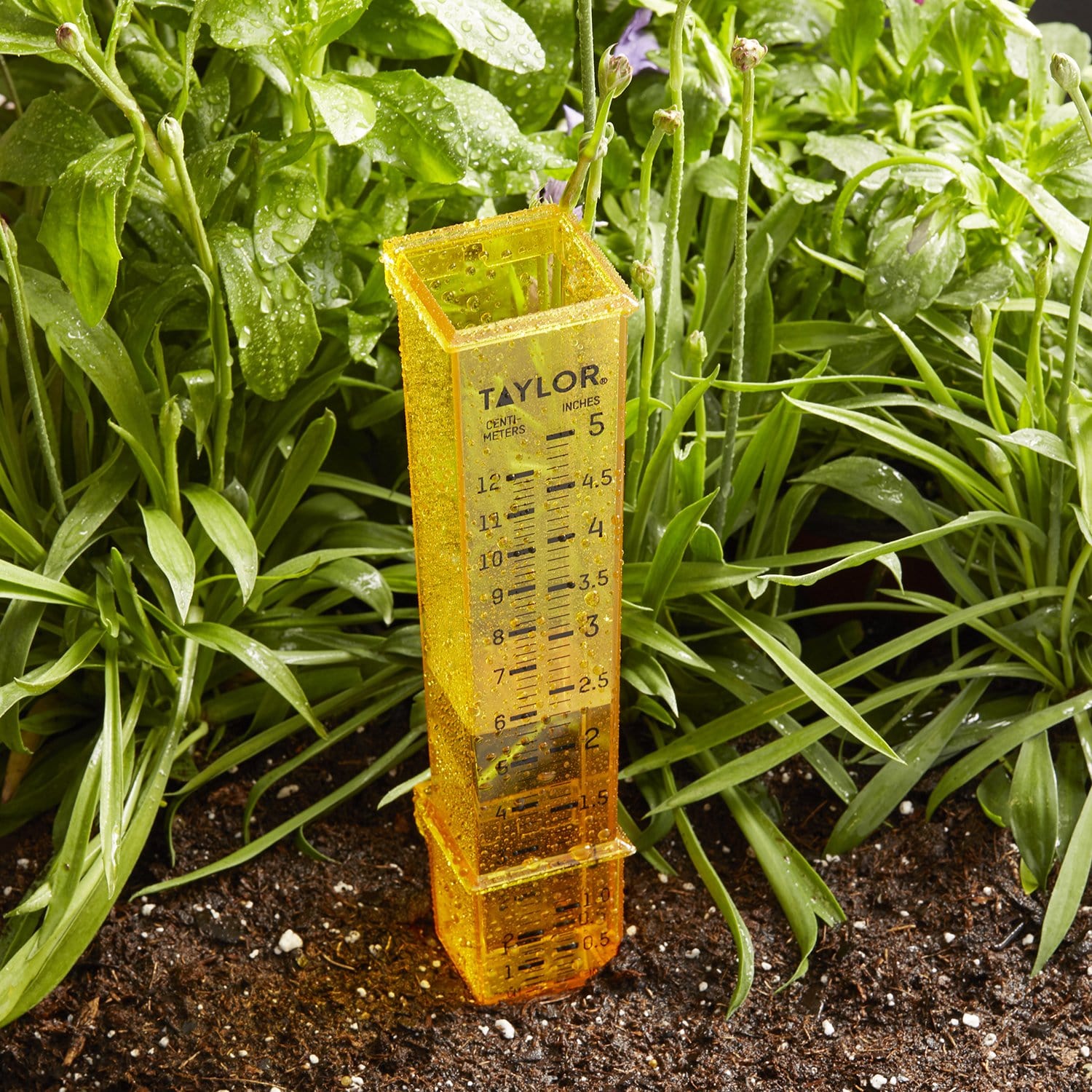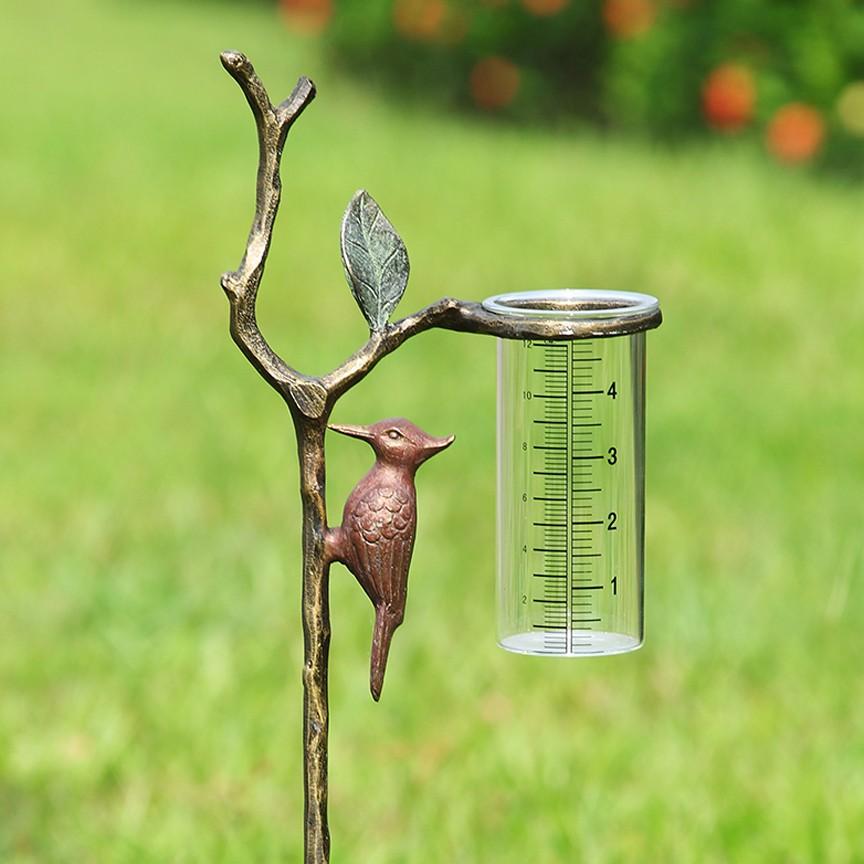The Rain Gauge: Necessary Info and Finest Practices for Weather Condition Lovers
The Rain Gauge: Necessary Info and Finest Practices for Weather Condition Lovers
Blog Article
Exactly How to Pick the Right Rain Scale for Accurate Rain Information
Accurate rains data is vital for numerous industries and activities, such as meteorology, water, and agriculture source administration. To obtain dependable dimensions, it is necessary to select the appropriate rain gauge. This guide aims to offer valuable understandings into the option process, enabling you to make enlightened decisions. Thinking about variables such as location, type, and accuracy of the rain scale will certainly assist ensure accurate data collection. Additionally, comprehending the upkeep and calibration treatments will contribute to the long life and integrity of your rainfall scale. By adhering to these standards, you can make sure precise rains information, making it possible for far better decision-making and preparation for various applications.
Importance of Selecting the Right Rainfall Gauge
The significance of choosing the appropriate rain scale hinges on getting exact and trustworthy rains data for exact atmospheric analysis. Rain information is essential for a vast array of applications, including weather forecasting, hydrological modeling, and climate research study. Incorrect or unstable information can lead to incorrect verdicts and flawed decision-making procedures.

Secondly, the precision and precision of the rain scale are extremely important. The scale must have the ability to measure rains with high accuracy, capturing even percentages of rainfall precisely. It should additionally minimize errors due to dissipation, wind, and various other ecological factors. Normal calibration and upkeep are vital to make sure recurring accuracy.
Furthermore, the area and installment of the rainfall gauge are important factors to consider. It must be put in an open location, far from blockages that can impact rainfall dimensions. The scale needs to be positioned at an appropriate elevation and angle to prevent splashing and make certain proper catchment of rain.
Elements to Think About When Choosing a Rain Scale
When picking a rainfall gauge, there are several essential variables to take into consideration. These factors can considerably impact the accuracy and integrity of the rainfall data collected. The very first aspect to consider is the kind of rain scale. There are different kinds available, including typical rainfall evaluates, tipping bucket rainfall determines, and considering rainfall evaluates. Each kind has its very own advantages and downsides, so it is essential to pick one that ideal fits your certain needs and requirements.
Another element to consider is the material of the rainfall scale. Rainfall determines can be constructed from numerous products, such as metal, glass, or plastic. The material chosen must be durable and resistant to climate condition, guaranteeing that the rainfall scale will stand up to the aspects and offer precise measurements over time.
Precision is additionally a critical variable to think about. Search for rain gauges that have actually been adjusted and evaluated for accuracy. Attributes such as anti-splash rings and funnels can likewise enhance the accuracy of the dimensions.

Finally, take into consideration the climate and setting in which the rain gauge will be used. Different rainfall gauges are ideal for various climates, so it is essential to choose one that is proper for the conditions in your area.
Various Types of Rain Determines Available
To better explore the aspects to consider when selecting a rainfall scale, it is necessary to recognize the different kinds of rain assesses readily available. There are several kinds of rain evaluates, each with its very own benefits and drawbacks. The most usual type is the basic rain scale, additionally referred to as the cylindrical rainfall scale. This kind consists of a straight-sided cylindrical container with a funnel-shaped top. It is easy to utilize and gives exact measurements of rainfall.
An additional kind of rainfall gauge is the tipping container rain scale. As the rainfall drops right into the scale, it fills up one side of the bucket, triggering it to tip and empty the water.
A 3rd type of rain scale is the evaluating rainfall scale. As the rain drops right into the gauge, it is accumulated in a container connected to an equilibrium.
Lastly, there click for info are also remote rainfall determines that use progressed innovation to gauge rainfall (The Rain Gauge). These determines use sensing units and transmitters to send out data wirelessly to a main device. Remote rain determines are practical for keeping track of rains in hard-to-reach locations or for large-scale data collection
Just How to Establish the Accuracy of a Rainfall Scale
One way to evaluate the precision of a rainfall gauge is by performing regular calibration measurements. Calibration entails contrasting the readings of a rain gauge to a typical measurement, such as a qualified rainfall gauge or a weather condition station with high precision. By contrasting the dimensions, any inconsistencies or mistakes in the rainfall scale can be identified and represented.
To carry out a calibration dimension, beginning by accumulating rains data from both the rainfall gauge and the conventional measurement device over a certain amount of time, such as a month. Contrast the readings and determine the distinction in between them. This difference is recognized as the calibration mistake.
It is essential to note that calibration dimensions need to be executed regularly, as environmental variables, such as wind, debris, and temperature level, can influence Full Report the accuracy of the rain scale in time. By carrying out regular calibrations, any kind of modifications in the accuracy of the rainfall gauge can be discovered and modifications can be made accordingly.
In enhancement to calibration, it is additionally suggested to tidy and preserve the rain scale consistently to guarantee its accuracy. Eliminate any particles or blockages that may influence the precision of the measurements, and look for any type of signs of damages or use that may call for fixings or substitute.
Tips for Maintaining and Adjusting Your Rainfall Gauge
Normal maintenance and calibration are important for making sure the accuracy and integrity of your rainfall gauge in gauging rains information (The Rain Gauge). By following a few simple pointers, you can guarantee that your rainfall gauge is appropriately preserved and adjusted
First of all, it is very important to clean your rainfall gauge consistently to stop any particles or dust from obstructing the rain collection system. Make use of a soft brush and a mild detergent to delicately clean the inside and outside of the scale. Wash it thoroughly with clean water and enable it to dry totally before re-installing it.
Second of all, it is advised to calibrate your rainfall scale at the very least yearly. Calibration includes comparing the measurements of your rainfall gauge with those of a relied on and accurate recommendation gauge. This will certainly aid you recognize and correct any potential errors in your rain gauge's measurements.
To calibrate your rain scale, gather a recognized quantity of water making use of a gauging container and contrast it with the dimensions videotaped by your rainfall scale. Readjust the analyses as necessary to make certain accuracy.

Conclusion
In final thought, selecting the best rainfall gauge is essential for getting accurate rainfall information. Elements such as spending plan, function, and place need to be considered when picking a rain gauge.
There are various kinds offered, consisting of standard rain assesses, tipping bucket rain determines, and considering rainfall evaluates.To additionally explore the factors to consider when selecting a rainfall scale, it is vital to recognize the different types of rain assesses offered. The most usual kind is the common rainfall scale, also understood as the round rain gauge.An additional type of rain scale is the tipping pail rainfall gauge. Calibration get more involves contrasting the analyses of a rain gauge to a standard measurement, such as a licensed rain scale or a climate station with high precision.
Report this page